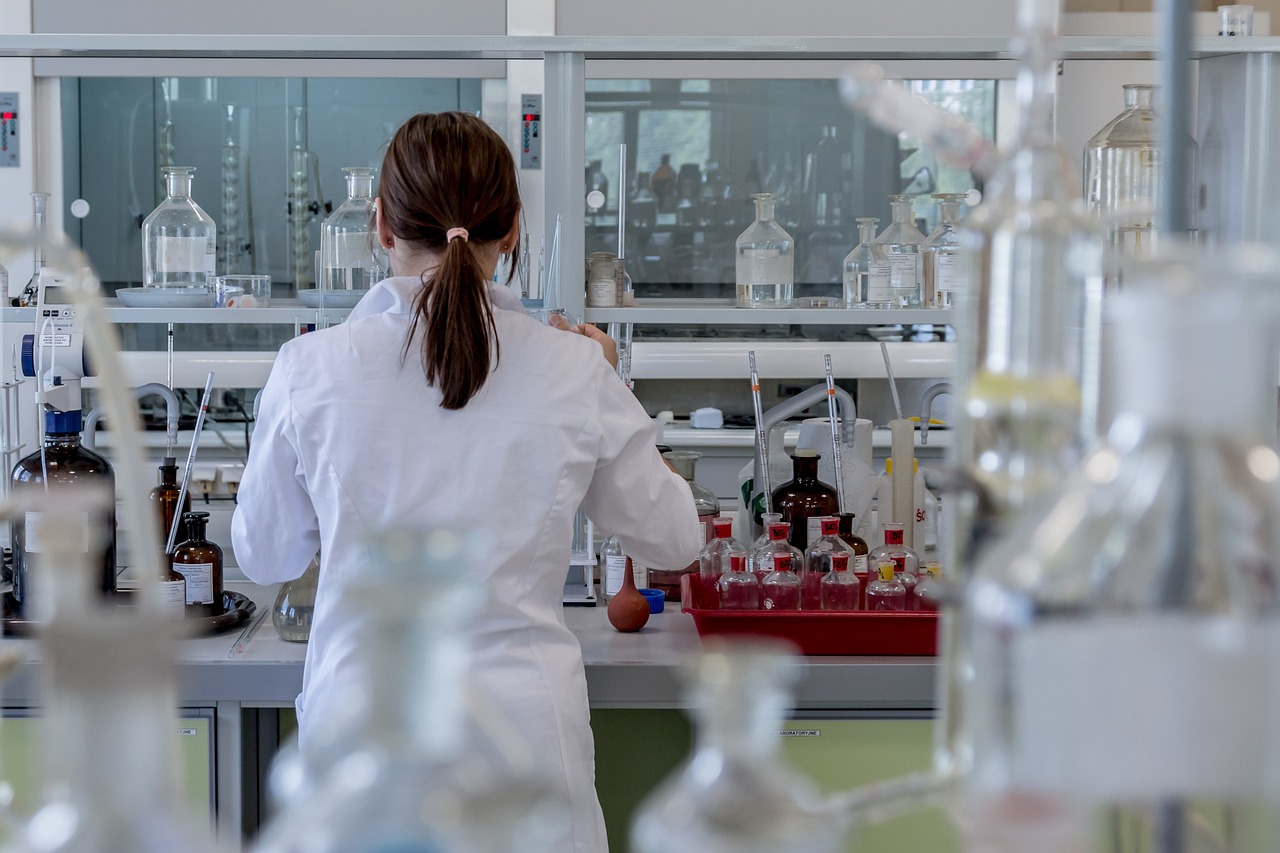The Challenge and Opportunity of Science: How Can We Harness Heat from Deep Within the Earth?
Ladislaus Rybach, professor at ETH Zurich, is a pioneer in geothermal research. Over several decades, his work has not only deepened scientific understanding of geothermal energy but has also helped turn it into a powerful tool for mitigating climate change. We spoke with Professor Rybach on the occasion of the opening of the newly established Rybach Research Center in Sopron, named in his honor, about his career, the future of geothermal energy, and the challenges facing the next generation of researchers.

What memories do you have of your hometown from childhood?
My family has an “imperial and royal” background: my mother was born in Vienna, and my maternal grandmother came from Olomouc in the Czech Republic. I was born in Sopron in 1935. I carry a painful memory from my youth: my father was killed in an air raid just before the end of World War II. I was by his side, and by some strange twist of fate, I survived.
I graduated from the local Széchenyi István High School and later enrolled at the University of Technology in Sopron to study geophysical engineering. In the autumn of 1956, during my fourth year, I became a member of the university’s Revolutionary Council. Because of that, on November 4 I had to flee to Austria. With a bit of luck, I eventually made my way to Switzerland and that’s where my career truly began, leading to a lifetime of scientific work and international recognition.
What does the opening of the Rybach Research Center in Sopron mean to you, and how do you view its significance for regional and national geothermal research?
The Rybach Research Center is a remarkable and well-conceived initiative. It creates an opportunity for the region and the international scientific community to work together, share knowledge, and involve young researchers — all with the goal of achieving real progress in the study of renewable geothermal energy. I am deeply honored that the center bears my name.
How do you see the role of geothermal energy in Hungary’s energy transition?
Hungary has very favorable geothermal conditions, the utilization of the warm waters deep underground offers far greater potential than in many other countries. However, geothermal power generation, which could become highly valuable and important everywhere in the future, is not really feasible here at the moment. The reason is that the heat needed to generate electricity lies several kilometers below the surface, in complex and hard-to-reach geological layers.
What steps are needed for Hungary to double the contribution of geothermal energy by 2030, as outlined among the Center’s goals?
Hungary is only now beginning to make greater use of shallow geothermal sources through ground-source heat pump technology. Other countries are already far ahead in this area. There are, however, promising examples of successful preparation for tapping deeper geothermal water reserves, such as the geothermal facility in Szeged, where geothermal energy is used for district heating purposes.
Your research career spans several decades and countries. Which location or project has been the most meaningful to you?
The project dearest to me was the scientific groundwork for the power plant in Soultz-sous-Forêts, France, which applied Enhanced Geothermal System (EGS) technology. The work took several years and brought together experts from across Europe. Among them was a Swiss research consortium involving multiple universities and companies that, between 1991 and 2001, developed the underground (3.5 km deep) heat-exchange fracture system.
As the leader of that team, my role went far beyond preparing research reports - I also had to coordinate the efforts of professionals from many different fields. It was a demanding but deeply rewarding task to ensure that everyone understood, respected, and supported one another. When that happens, the results truly reflect the collaboration, they embody shared knowledge, mutual trust, and the joy of working together.
The geothermal power plant in Soultz-sous-Forêts began operating experimentally in 2008 and, for eight years, remained the only EGS power plant in the world. Since 2016, it has been operating commercially, feeding 1.5 MWe of power into the French national grid.
You are active to this day, participating as a scientific advisor in international projects. What is your main motivation?
Scientific curiosity. There is an immense amount of heat energy stored deep within the Earth. We need to understand how it can be extracted - almost anywhere - brought to the surface, and converted into electricity. Researching this and developing the necessary technology takes time, hard work, and, of course, adequate financial support.
What advice would you give to young researchers who are just beginning their careers in energy or earth sciences - especially in a world where climate change and energy security are key issues?
Geothermal energy points toward the future. I would encourage them to master research methods that are aligned with the challenges of tomorrow.
(címlapkép: illusztráció, wikipedia)

